Tom Garncarz
Product Designer
Email me!
As ChargeLab’s sole product designer (and then as its Head of Design), one of my core responsibilities has been to redesign the company’s core products to give them a best-in-class user experience in the crowded electric vehicle (EV) charging market.
One of these products is the Site Host Dashboard, a B2B product aimed at helping owners of EV charging sites manage, maintain, and profit from their chargers.
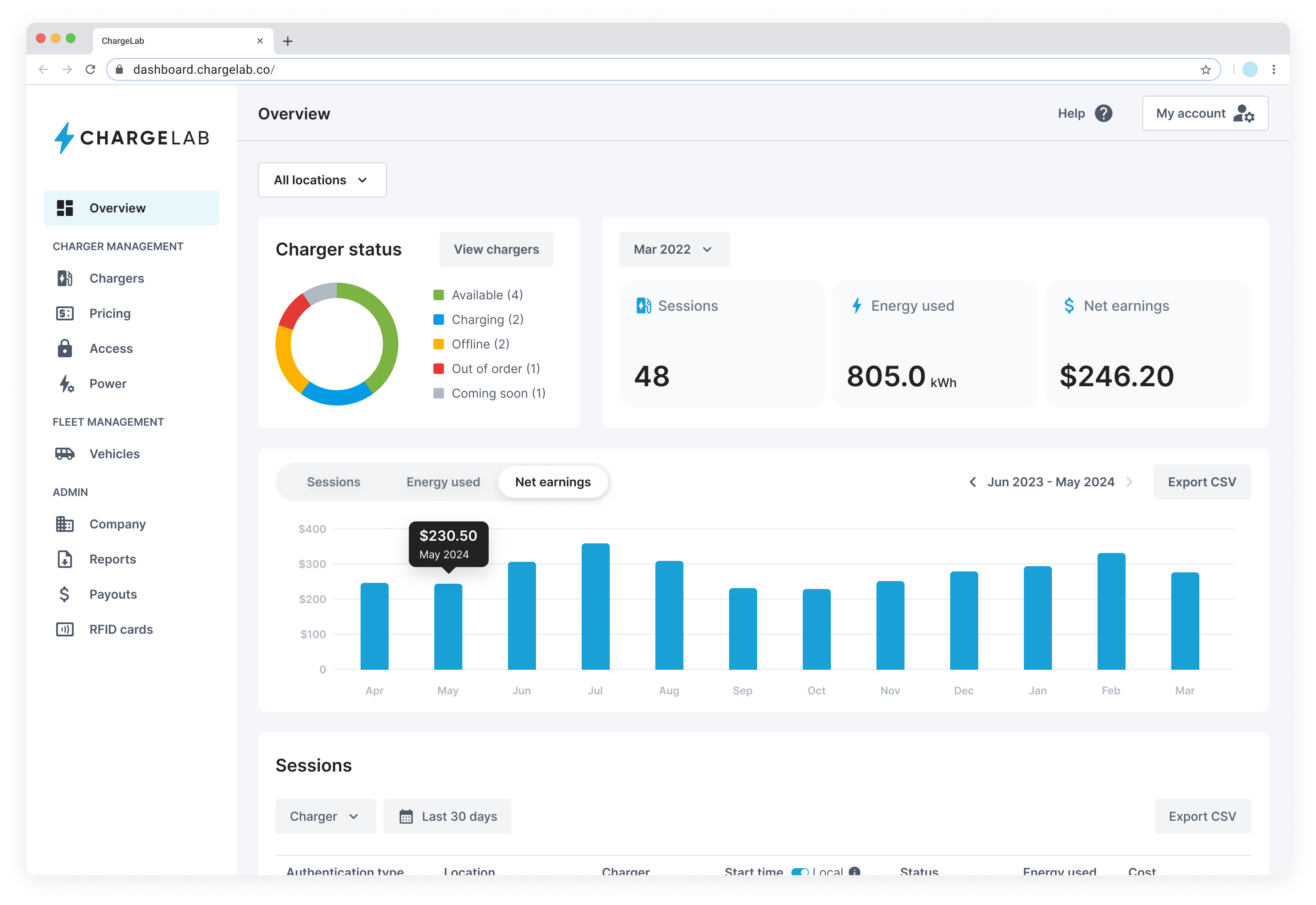
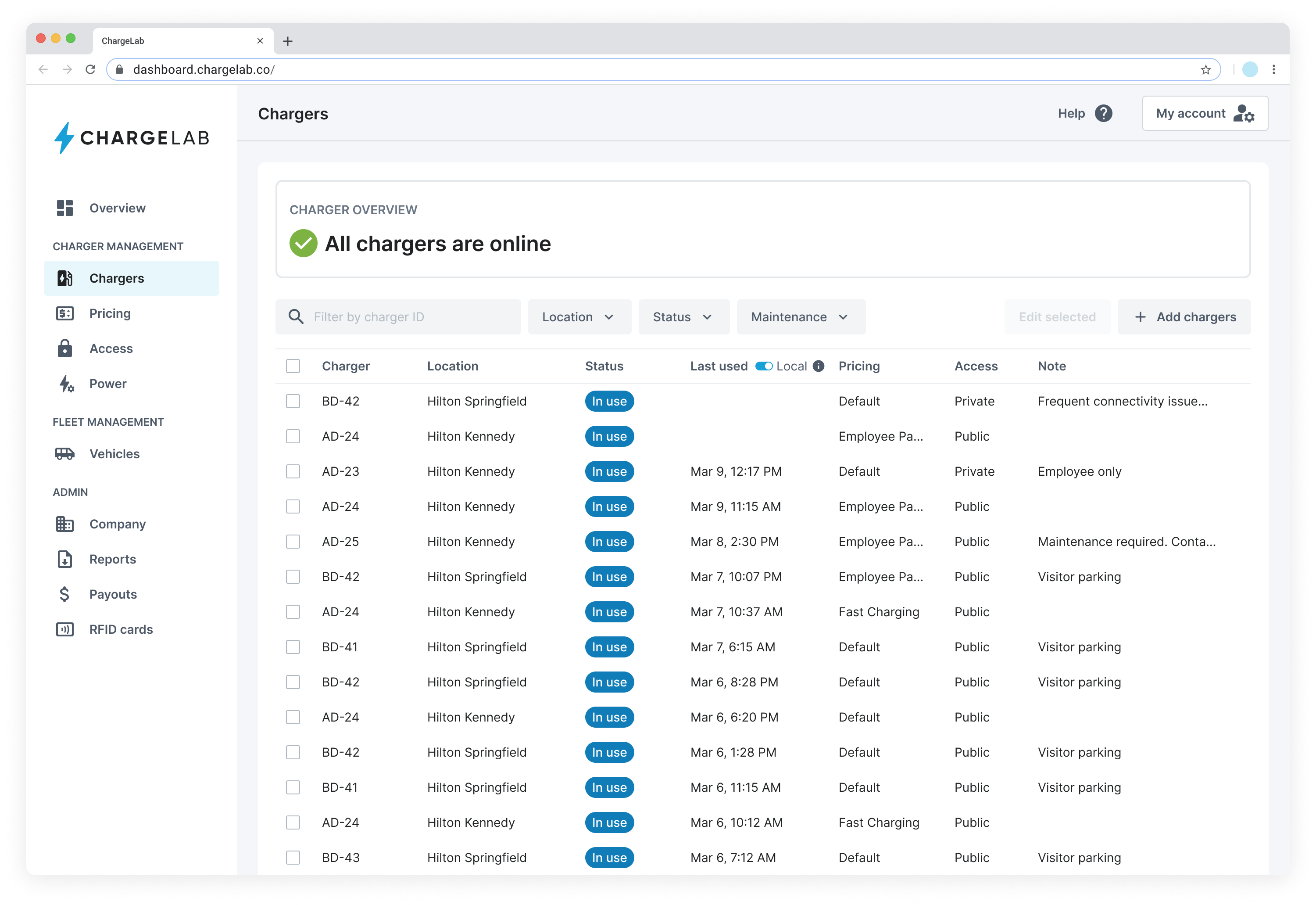
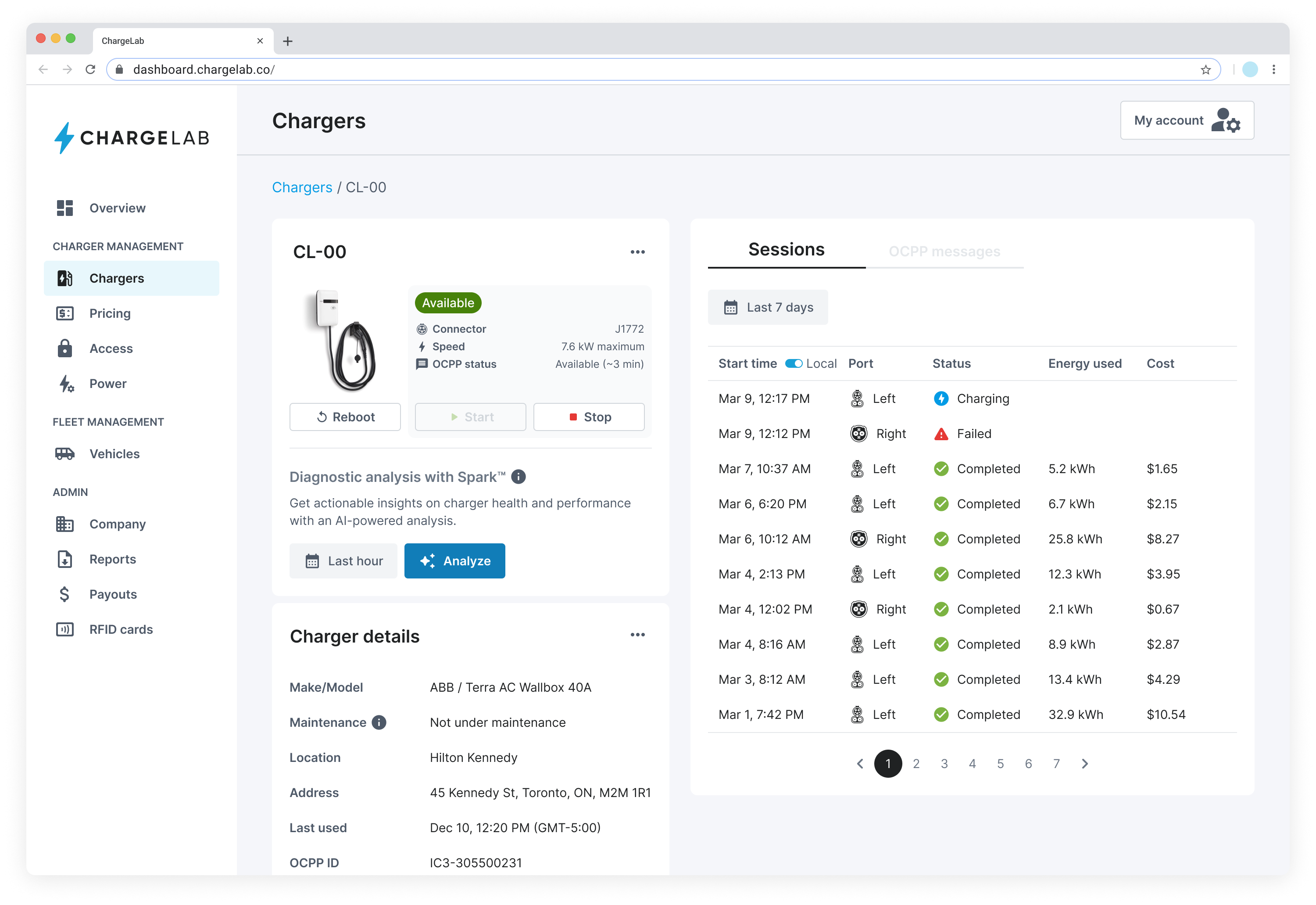
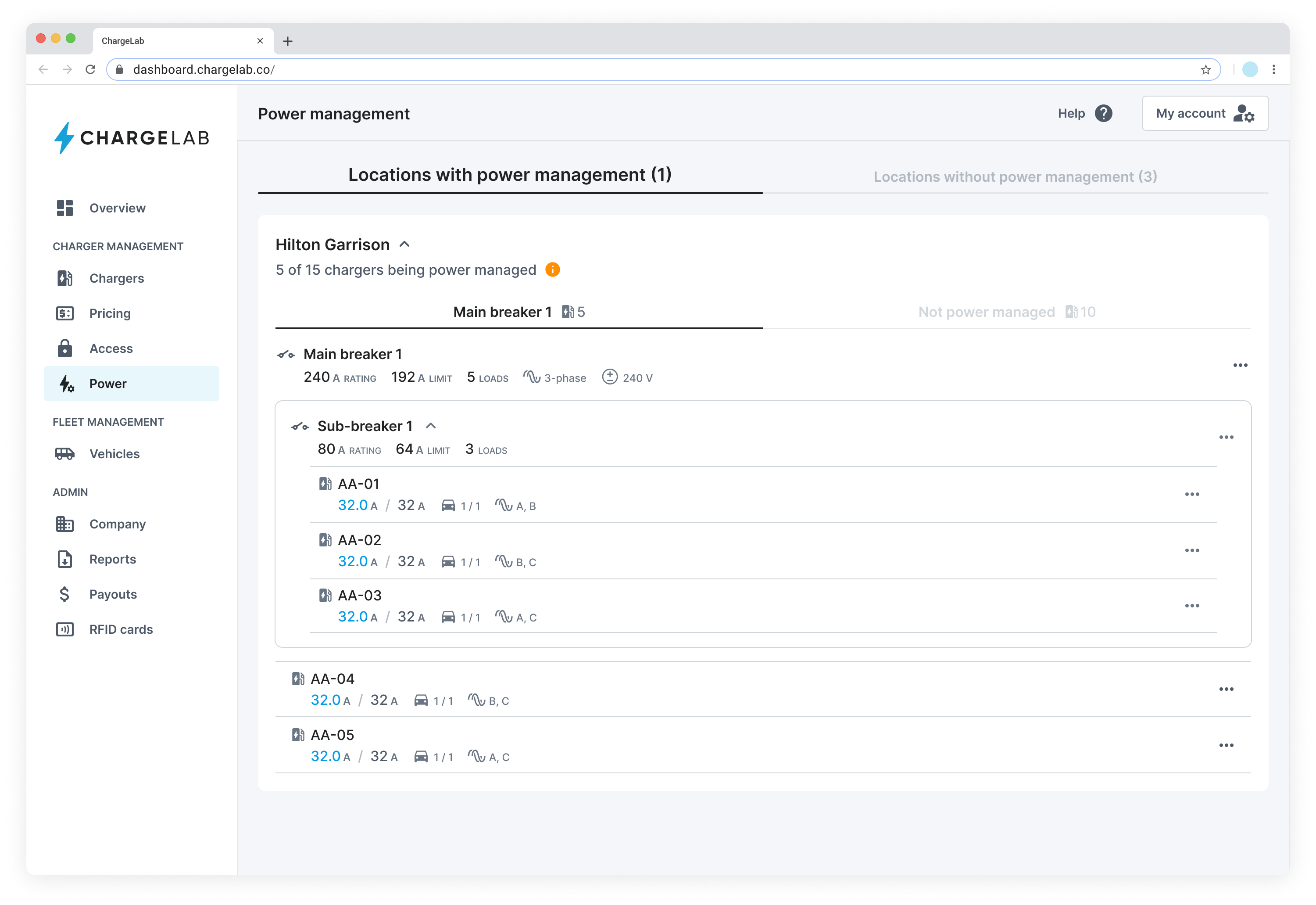
Scroll

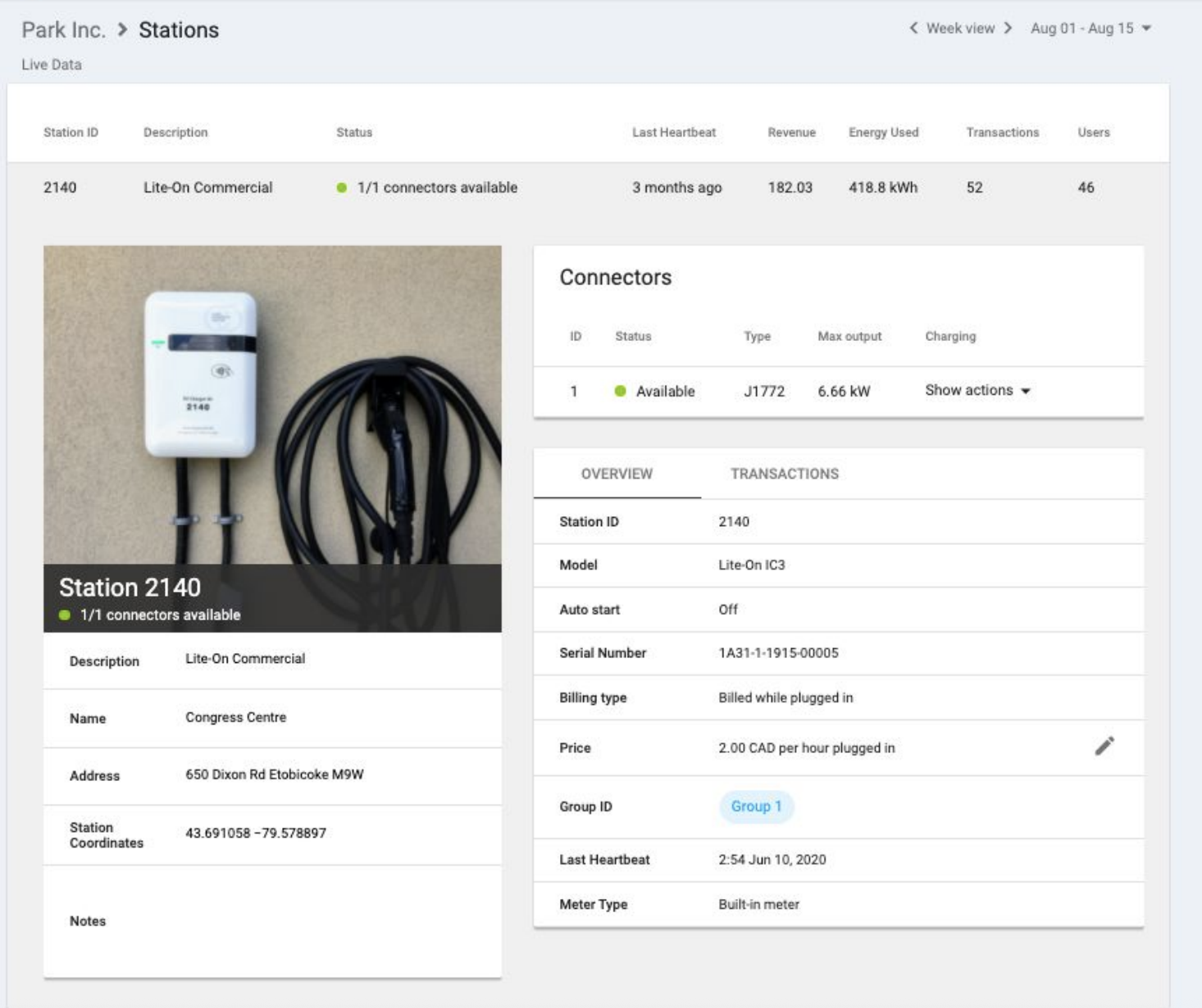
The initial iteration of the dashboard suffered from a number of significant design issues, and were a significant drag on ChargeLab’s performance.
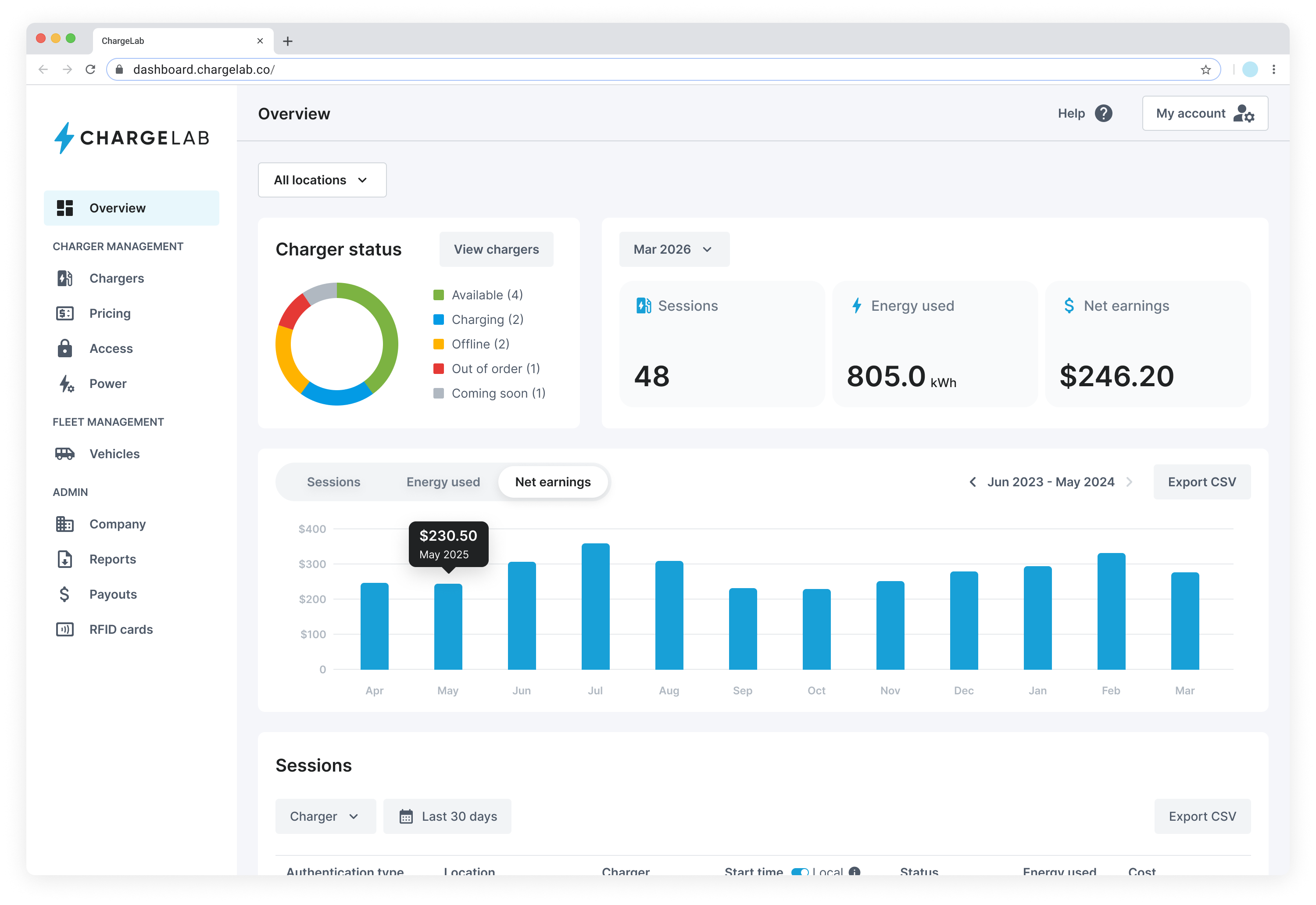

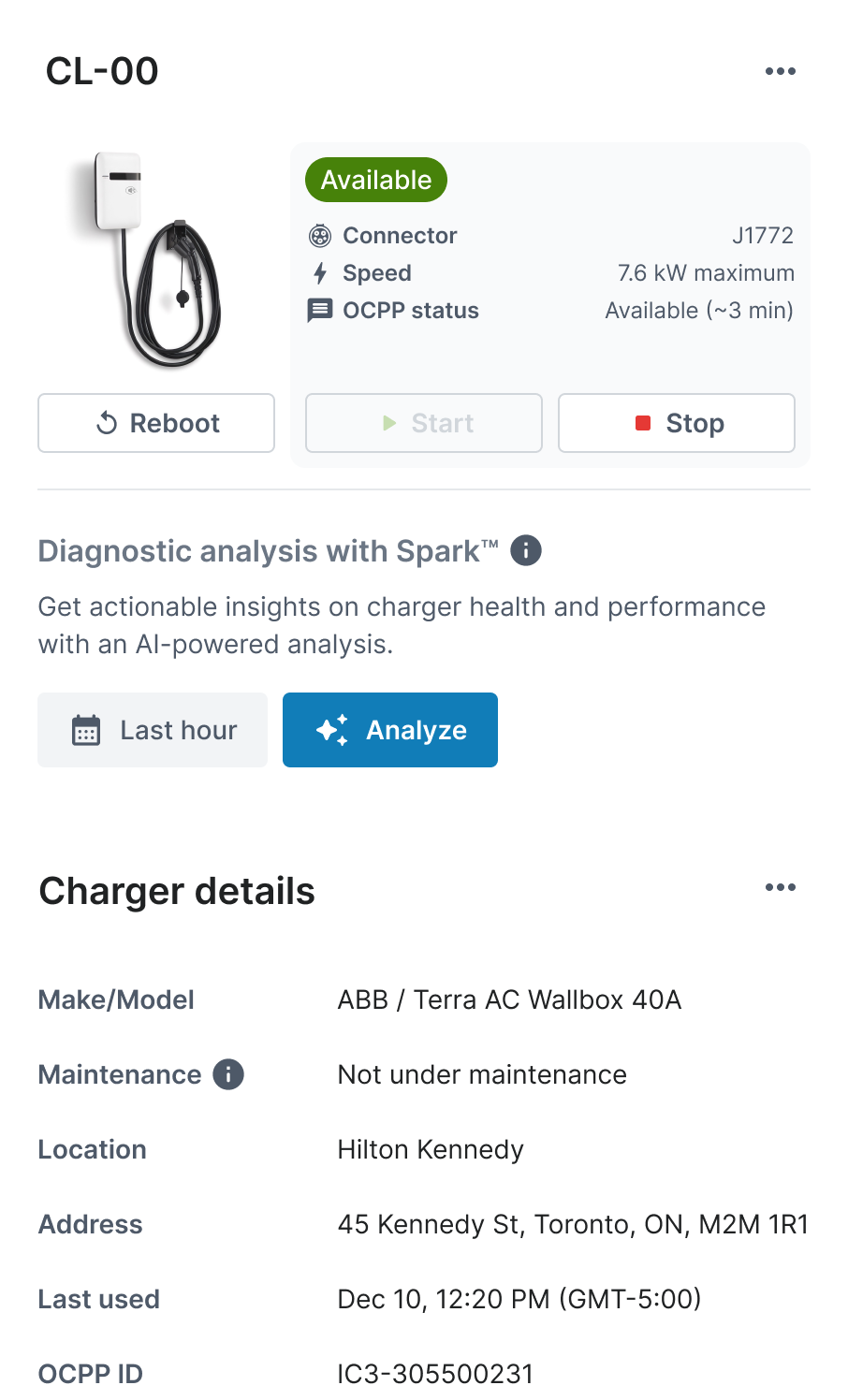

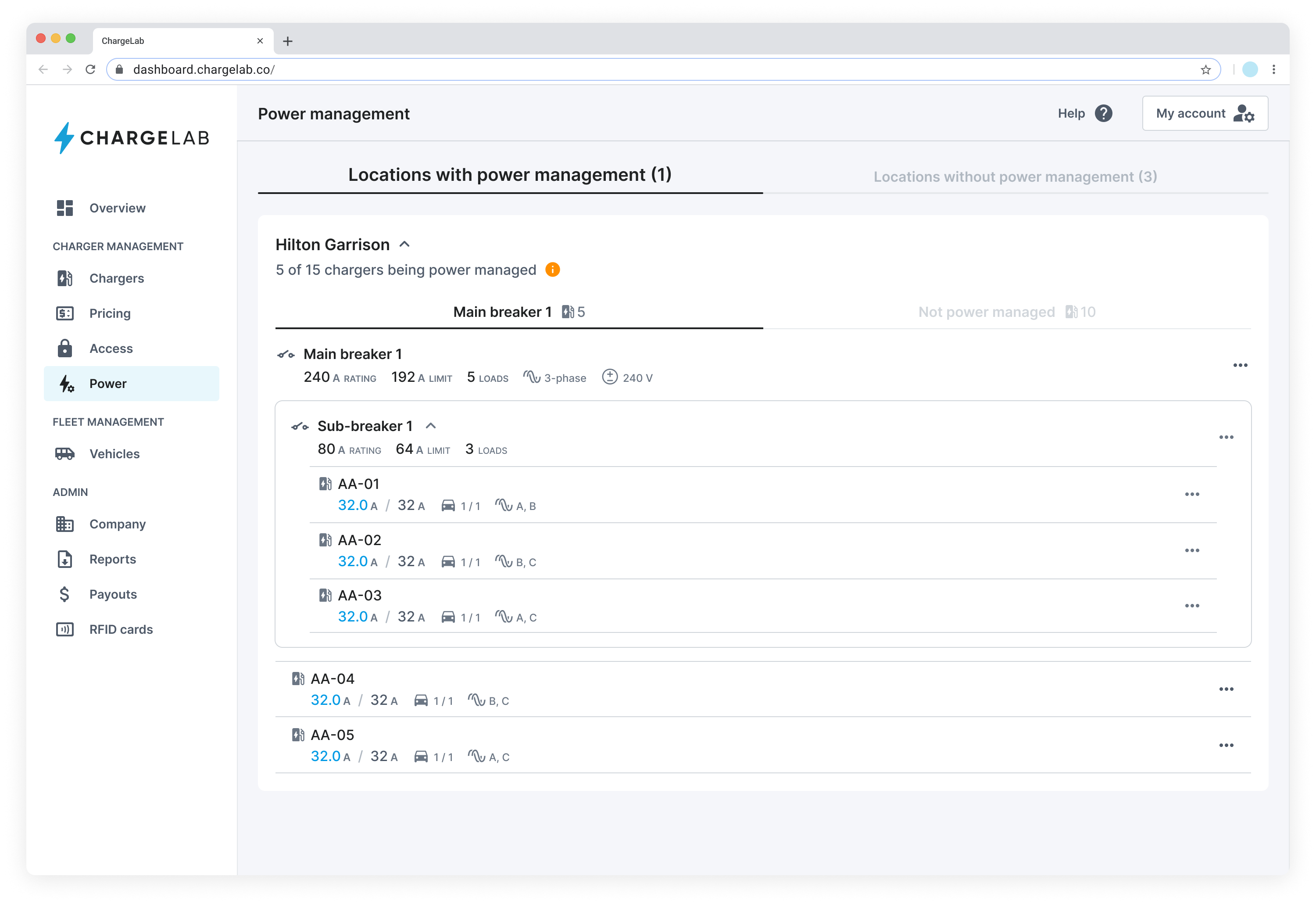

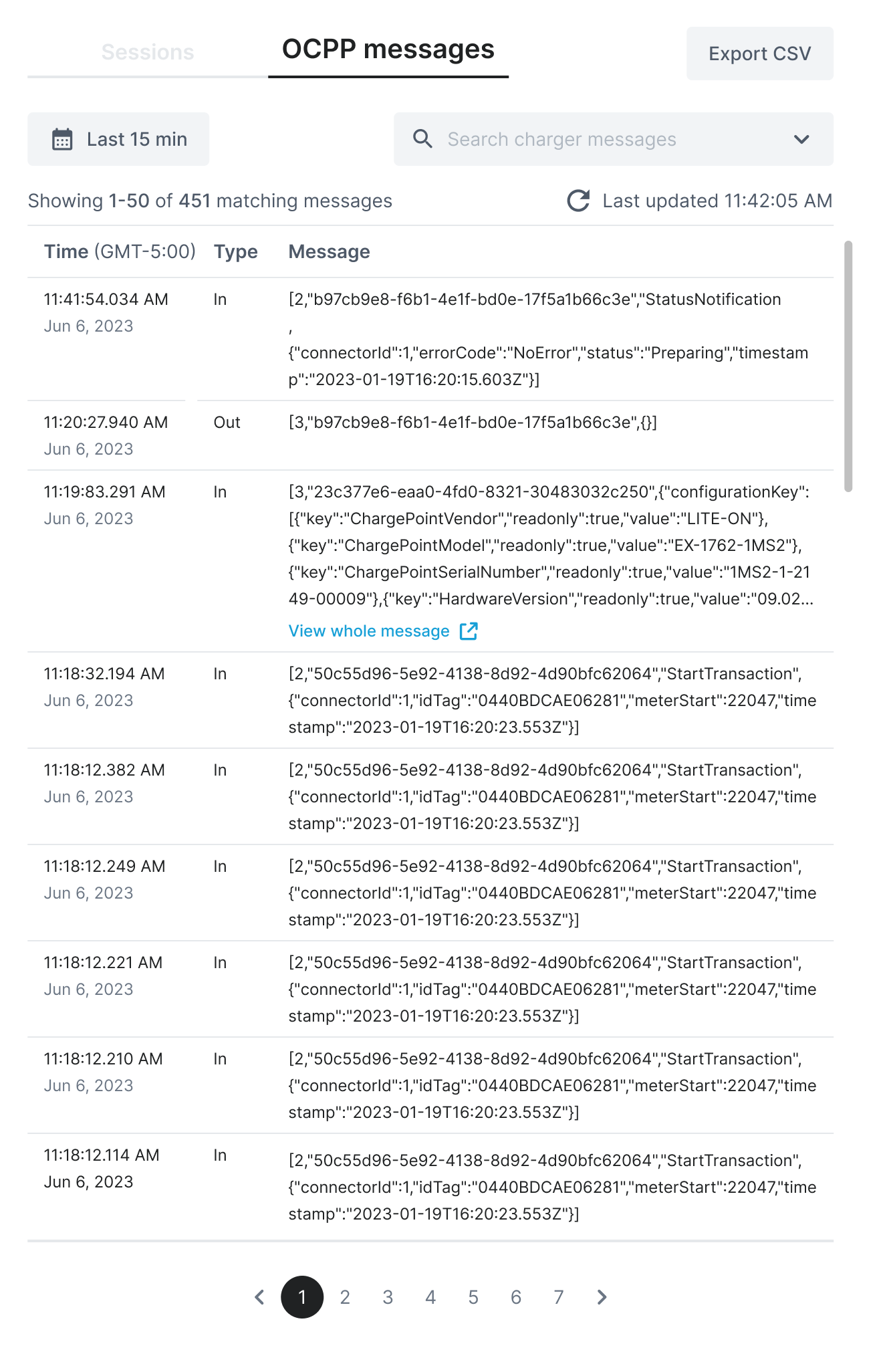

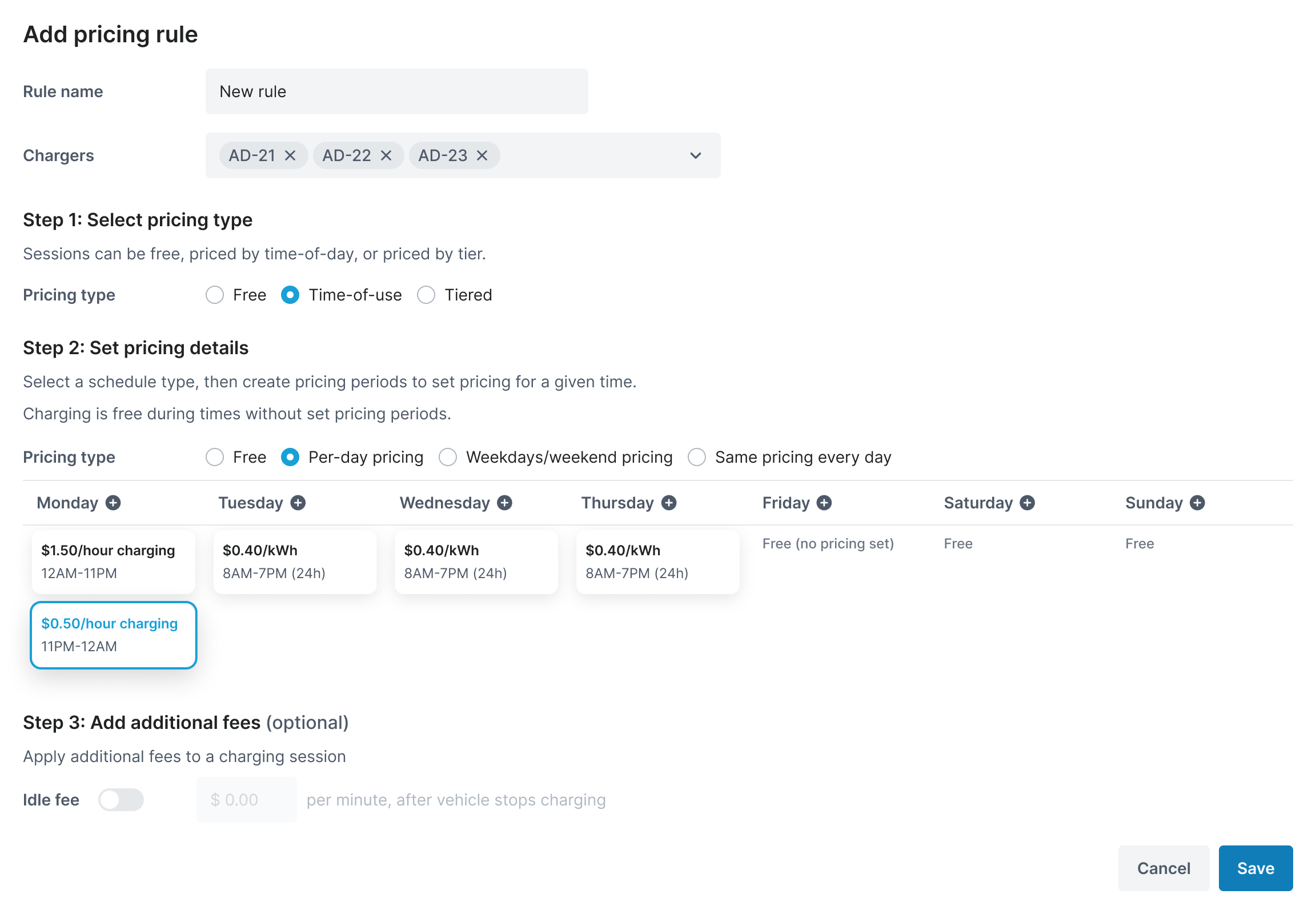

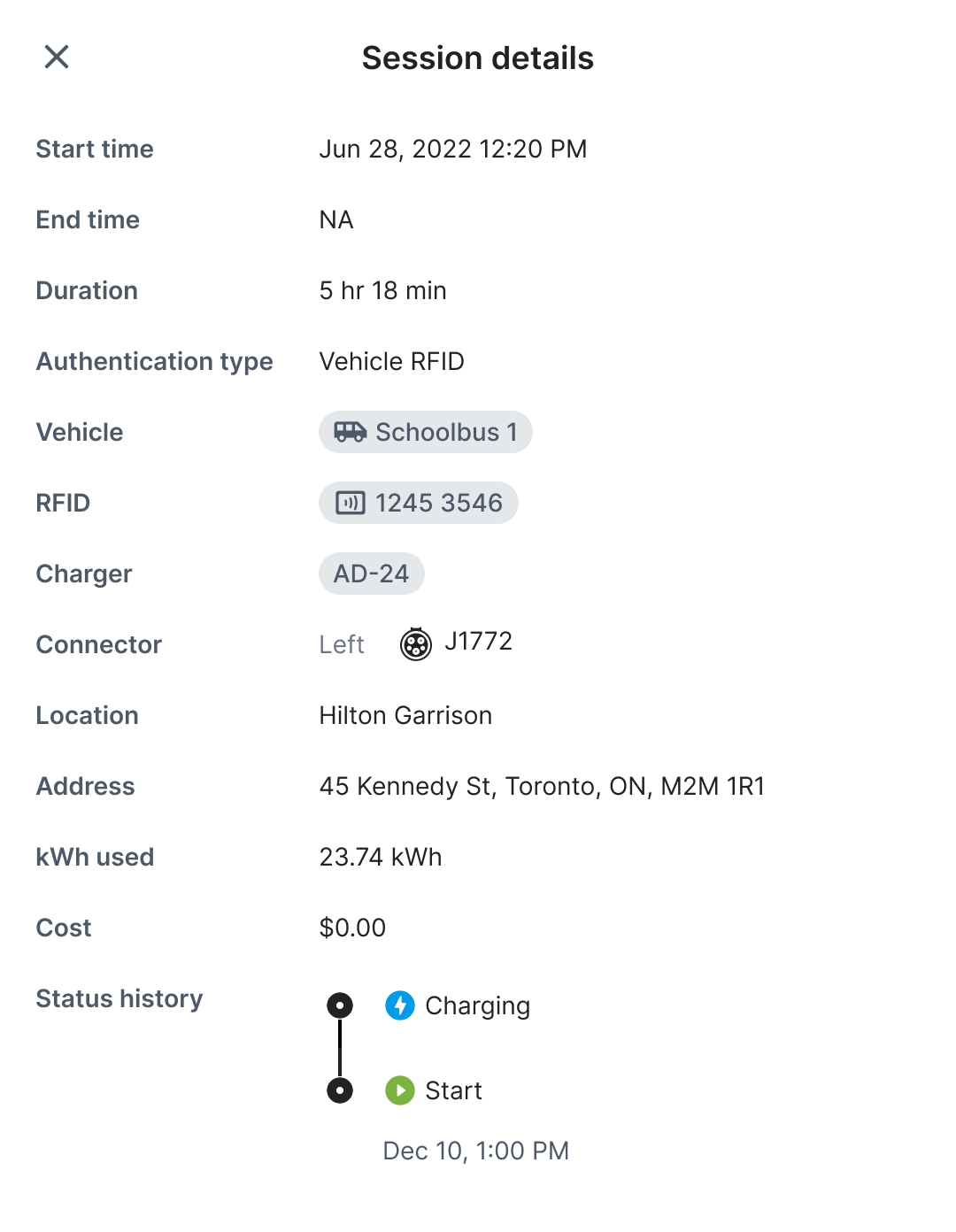

Additionally, I implemented a robust user research program on the Product team, ensuring that the team was able to connect with current and potential site hosts and better understand their core needs.
April 2022
July 2025
Connected EV chargers
<1,000
Over 10,000
Site host NPS
N/A
(no measurement implemented)
16
(scale from -100 to 100)
Active user research council member clients
N/A
(no user research apparatus)
430
registered participants
Of course, these metrics are the result of the entire ChargeLab team’s hard work and dedication, but it wouldn’t have been possible without the design work that went into revitalizing and revamping our core product.
Tom Garncarz
Product Designer
Send me an email!
As ChargeLab’s sole product designer (and then as its Head of Design), one of my core responsibilities has been to redesign the company’s core products to give them a best-in-class user experience in the crowded electric vehicle (EV) charging market.
One of these products is the Site Host Dashboard, a B2B product aimed at helping owners of EV charging sites manage, maintain, and profit from their chargers.




Scroll

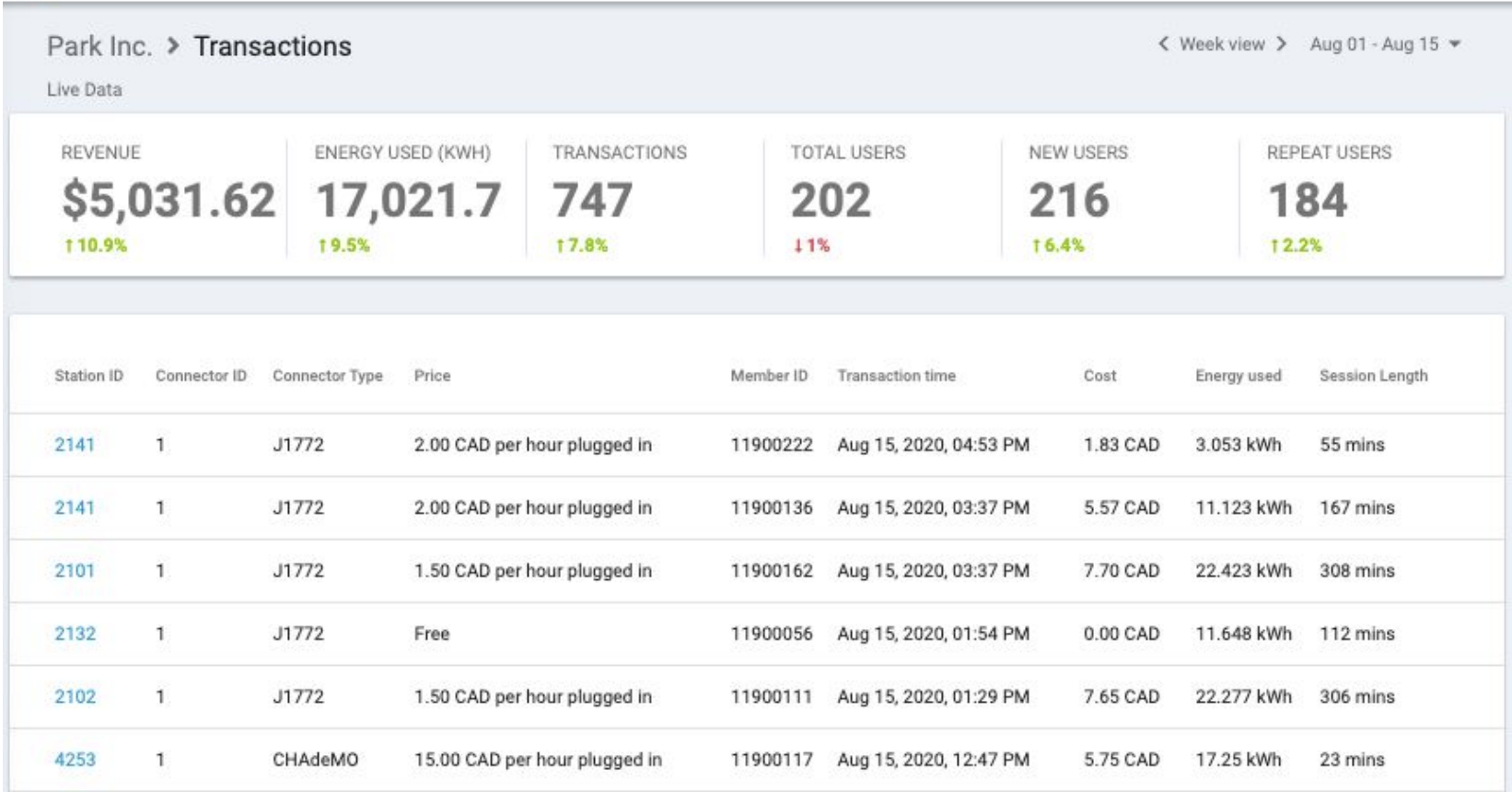

The initial iteration of the dashboard suffered from a number of significant design issues, and were a significant drag on ChargeLab’s performance.












Additionally, I implemented a robust user research program on the Product team, ensuring that the team was able to connect with current and potential site hosts and better understand their core needs.
April 2022
July 2025
Connected EV chargers
<1,000
Over 10,000
Site host NPS
N/A
(no measurement implemented)
16
(scale from -100 to 100)
Active user research council member clients
N/A
(no formal user research apparatus)
430
registered participants
Of course, these metrics are the result of the entire ChargeLab team’s hard work and dedication, but it wouldn’t have been possible without the design work that went into revitalizing and revamping our core product.
Tom Garncarz
Product Designer
Send me an email!
EV Charging Site Host Dashboard
ChargeLab
//
May 2022 - present
Product design
Information architecture
B2B
Desktop
User research
Climate
As ChargeLab’s sole product designer (and then as its Head of Design), one of my core responsibilities has been to redesign the company’s core products to give them a best-in-class user experience in the crowded electric vehicle (EV) charging market.
One of these products is the Site Host Dashboard, a B2B product aimed at helping owners of EV charging sites manage, maintain, and profit from their chargers.




Scroll



The initial iteration of the dashboard suffered from a number of significant design issues, and were a significant drag on ChargeLab’s performance.












Additionally, I implemented a robust user research program on the Product team, ensuring that the team was able to connect with current and potential site hosts and better understand their core needs.
April 2022
July 2025
Connected EV chargers
<1,000
Over 10,000
Site host NPS
N/A (no measurement implemented)
16 (scale from -100 to 100)
Active user research council member clients
N/A (no formal user research apparatus)
430 registered participants
Of course, these metrics are the result of the entire ChargeLab team’s hard work and dedication, but it wouldn’t have been possible without the design work that went into revitalizing and revamping our core product.